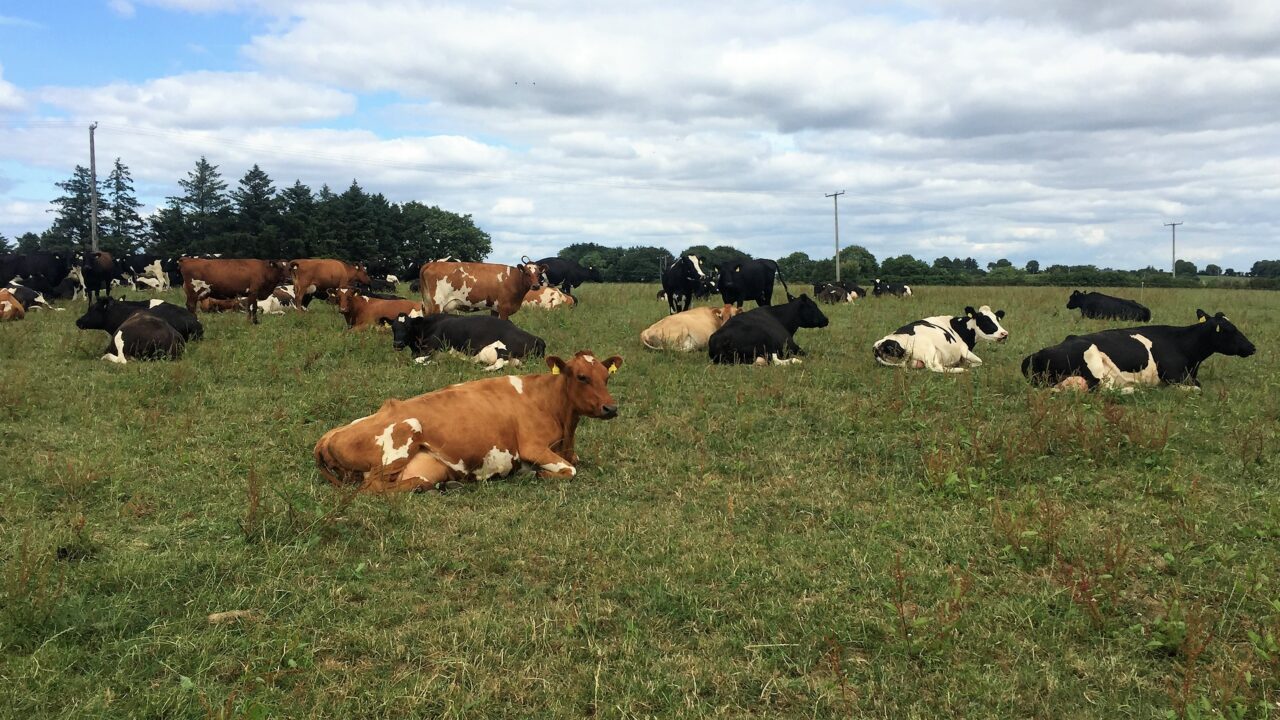Although rain earlier this month did aid the recovery in grass growth rates on many farms, there’s a patch across the southern half of the country that requires more moisture to really drive grass growth.
Speaking at a recent fodder advice meeting in Co. Wicklow, Glanbia technical support manager, Martin Ryan, offered farmers some timely advice.
“The real important thing is to know what you have,” Martin said. “This time of the year, you’d normally like to push the cover per cow nearer to 200kg.
“Normally from June to August, you’d want to average 150-170kg ahead of the cows and that would give you eight-to-10 days full grazing ahead without any major supplementation.”
In addition, he said: “Try to keep the rotation to 25 or 30 days. Towards the end of August, you’d be expecting it to be 30 days; but we are still trying to pull silage out of the system, which makes that difficult.
To fill any gaps, start with concentrates and then go to straights. If you can at all, try to keep away from the silage.
“When you can’t allocate more than 50% of the diet as forage of some kind, you need to have some little bit of long fibre going in there.”
For farmers short of grass, he said: “You have to keep filling the gap for a few more days to give it a chance to move on and the more cover that’s on the farm, the less likely it is to dry out.”
Watch Martin’s full presentation from one of the fodder advice meetings below.
Maintaining yield
Martin also touched on the importance of maintaining the lactation curve, adding: “For spring-calving herds, cows still have a long way to go.
“They are only 160-170 days into the lactation and we’d be hoping to get 305 days, so they’ve a lot of milking still to do this year.
“It is important to try and keep that lactation curve as flat as possible. You’d be hoping that you would get three months milk at a much lower cost than the past couple of months, especially when the solids are higher as well.”
Martin continued: “Normally, post conception, you’d try to make sure that it [lactation curve] didn’t slip any more than 2.5% per week.
“The difference of slipping by 2% versus letting it go to 3% for a 100-cow herd, with a mean calving date of March 1, is about 23,000L between now and the end of the year.
“It’s a very significant amount, so trying to keep them from slipping is crucially important.”
